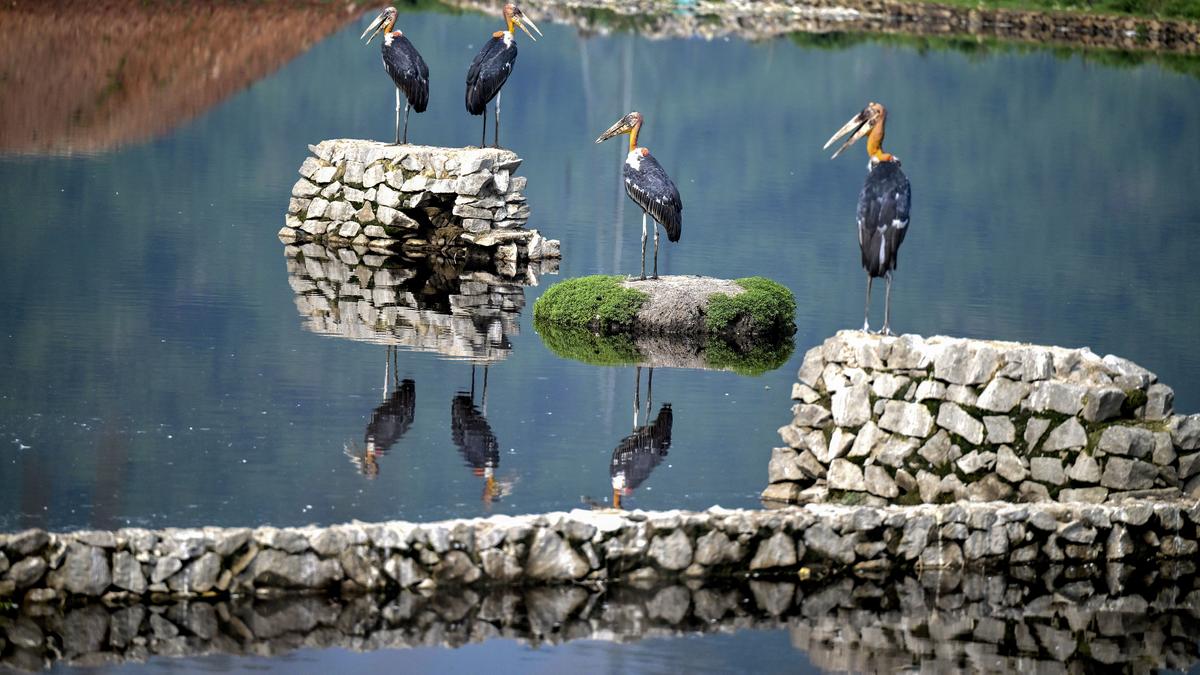
In Frames | Adjutant loses territory
The Hindu
The wetlands in and around Guwahati in the Brahmaputra valley of Assam which were home to the greater adjutant stork is now facing a habitat loss due to rapid urbanisation
The greater adjutant stork is one of the most endangered bird species. Its habitat is in the Brahmaputra valley of Assam. The birds are found mostly in three districts of Assam — Guwahati, Morigaon, and Nagaon.
The wetlands in and around Guwahati were home to these storks, which depended on them for food, water and shelter. But the biodiversity hotspots have given way to buildings due to rapid urbanisation and the habitat loss is a major threat for the survival of this bird species.
Today, the greater adjutant stork is described as endangered on the Red List of Threatened Species by the International Union for Conservation of Nature.
Earlier, the State capital had the largest concentration of greater adjutant storks in the country. But with their habitat usurped by concrete, and the loss of food sources, these large birds — some almost five feet tall — are now seen only at a garbage dumping site near the Deepor Beel Wildlife Sanctuary, a Ramsar site.
Between October and February is the time when fish and other live prey can be found in abundance, and this period is also the breeding season for the greater adjutant stork. During the non-breeding season, these birds forage in urban waste disposal sites.
Principally carnivorous, the greater adjutant stork preys on fish, frogs, snakes and other reptiles, eels, birds, and, also, carrion.
Seasonally dependent on wetlands for foraging and tall trees for roosting and nesting, the storks suffer from the ongoing destruction of habitat through encroachment, overfishing and drainage projects. In Guwahati city, most of the roosting trees are located on private land and many of them have been felled or are being cut down.

 Run 3 Space | Play Space Running Game
Run 3 Space | Play Space Running Game Traffic Jam 3D | Online Racing Game
Traffic Jam 3D | Online Racing Game Duck Hunt | Play Old Classic Game
Duck Hunt | Play Old Classic Game











